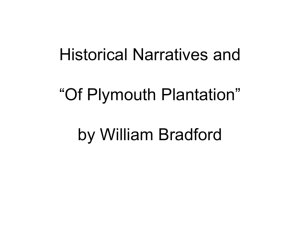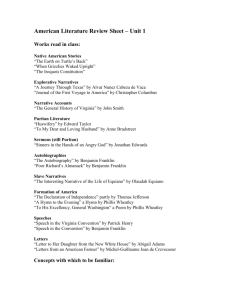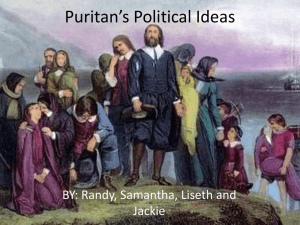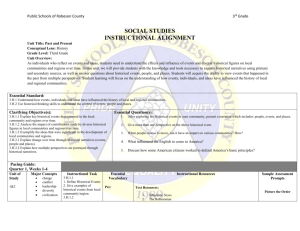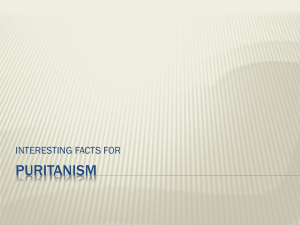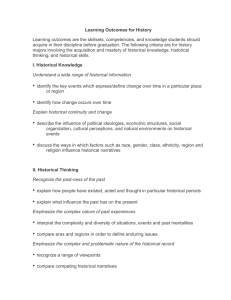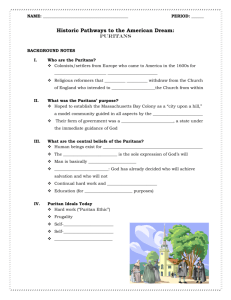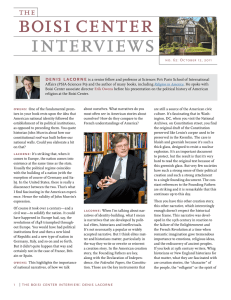Beginnings – 1750 Test - Brookwood High School
advertisement
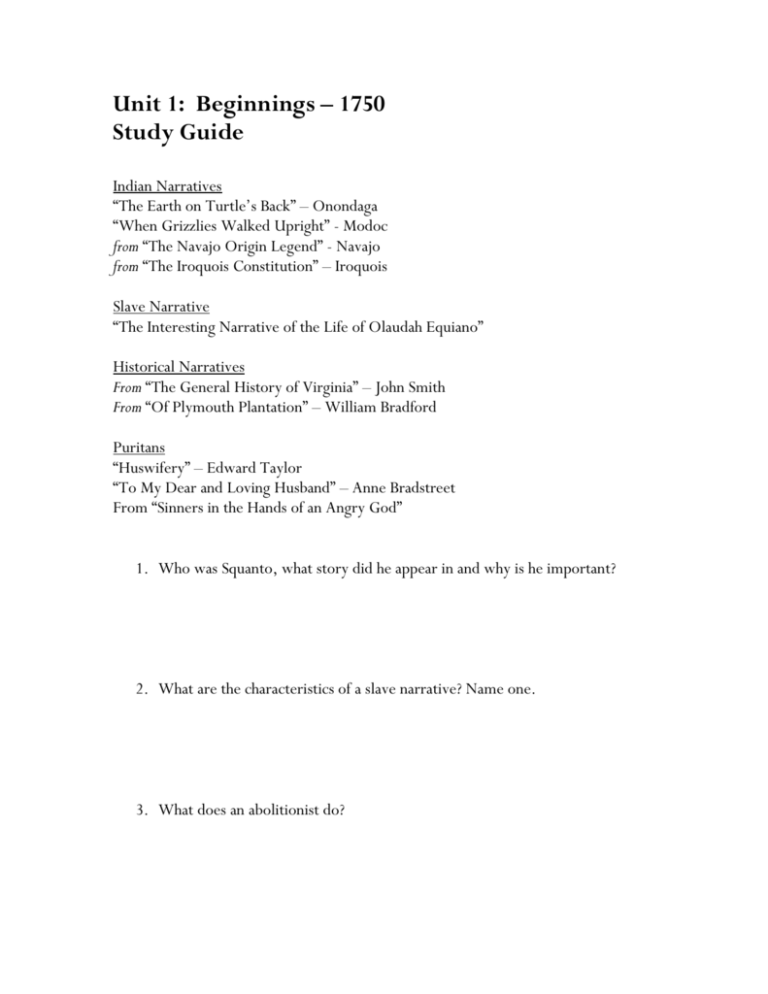
Unit 1: Beginnings – 1750 Study Guide Indian Narratives “The Earth on Turtle’s Back” – Onondaga “When Grizzlies Walked Upright” - Modoc from “The Navajo Origin Legend” - Navajo from “The Iroquois Constitution” – Iroquois Slave Narrative “The Interesting Narrative of the Life of Olaudah Equiano” Historical Narratives From “The General History of Virginia” – John Smith From “Of Plymouth Plantation” – William Bradford Puritans “Huswifery” – Edward Taylor “To My Dear and Loving Husband” – Anne Bradstreet From “Sinners in the Hands of an Angry God” 1. Who was Squanto, what story did he appear in and why is he important? 2. What are the characteristics of a slave narrative? Name one. 3. What does an abolitionist do? 4. What is an adjective? 5. Where is “A city upon a hill?” 6. What is the difference between the Separatists, Puritans and Pilgrims? 7. Describe characteristics of Puritanism? 8. What is Puritan Plain Style? 9. What is the Puritan Ethic? 10. Why was the Great Awakening so important to literary history? 11. Who was Jonathan Edwards and what did he write about? 12. What is Predestination? What part of literary history does Predestination relate to and why is it important? 13. What is Oral Tradition and what category of narrative do oral traditions fall into? 14. Who was Olaudah Equiano? Why is he important? 15. What relevance does the Church of England have to the Puritans? 16. Who was William Bradford and what literature did he craft? 17. What was so important about Bradford’s style? 18. What made the Puritans so plain and how did this affect their style of writing? 19. Who was Ann Bradstreet, what did she write, and what was so significant about her work? 20. Who was Edward Taylor and what was so important about his style of literature? 21. What did Edward Taylor write? 22. What was Taylor’s speaking and writing style like? 23. Why were oratories important to the Puritans? 24. What was the Puritans view of God? 25. Who was John Smith? 26. What did John Smith write? 27. What was one characteristic about John Smith that showed up in his literature? 28. Describe symbolism and provide examples from each of piece literature you have read in this unit. 29. What is an extended metaphor and how is it used in Huswifery? 30. Which narratives/poems used imagery in this unit? Give an example from each and describe the image. 31. Explain color significance and why it is relevant to the literature we have read in this unit? 32. Give several examples of colors and which narratives/poems used symbolism. 33. List the central idea (plot) in all narratives/poems we have covered 34. What were some of the difficulties for the settlers? 35. What is paraphrasing? 36. How do you use this to explicate poetry? 37. Why did the Puritans desire salvation? 38. What is a context clue? 39. Explain the story of Noah’s ark and how it has relevance to the Native American narratives. 40. What were some of the hardships the slaves faced? 41. Explain the placement of corn in the Native American narratives? What significance does this have and why is it important? 42. What were some of the conditions on a slave ship? (use vocabulary words from the narrative to describe) 43. What is significance of wind in the Native American narratives? 44. Define and explain Divine Providence. 45. What was the Starving Time? 46. In Puritan time, what was the relevance of being sinful? What would happen to sinners? 47. Why does Edward Taylor describe people in terms of being a loathsome insect? 48. What was the purpose for writing Of Plymouth Plantation? 49. Describe poetry explication (no, do not put that it is stupid and boring.)
